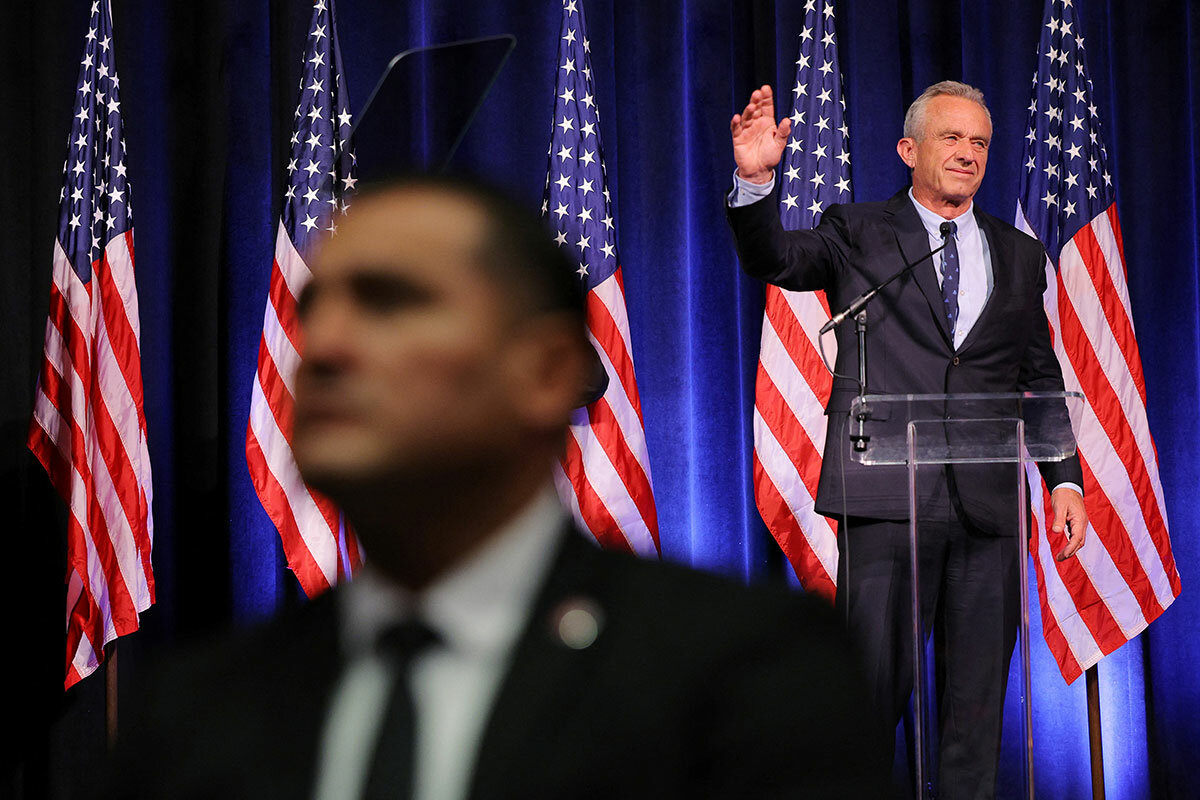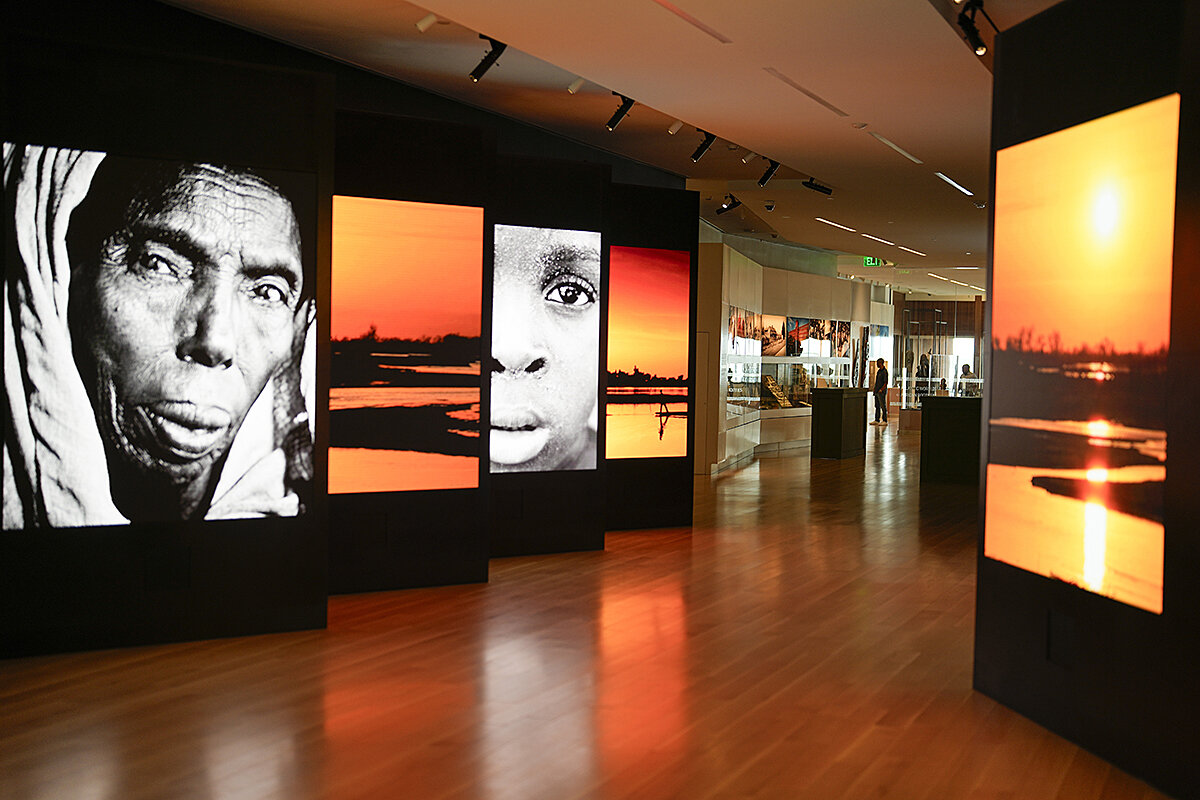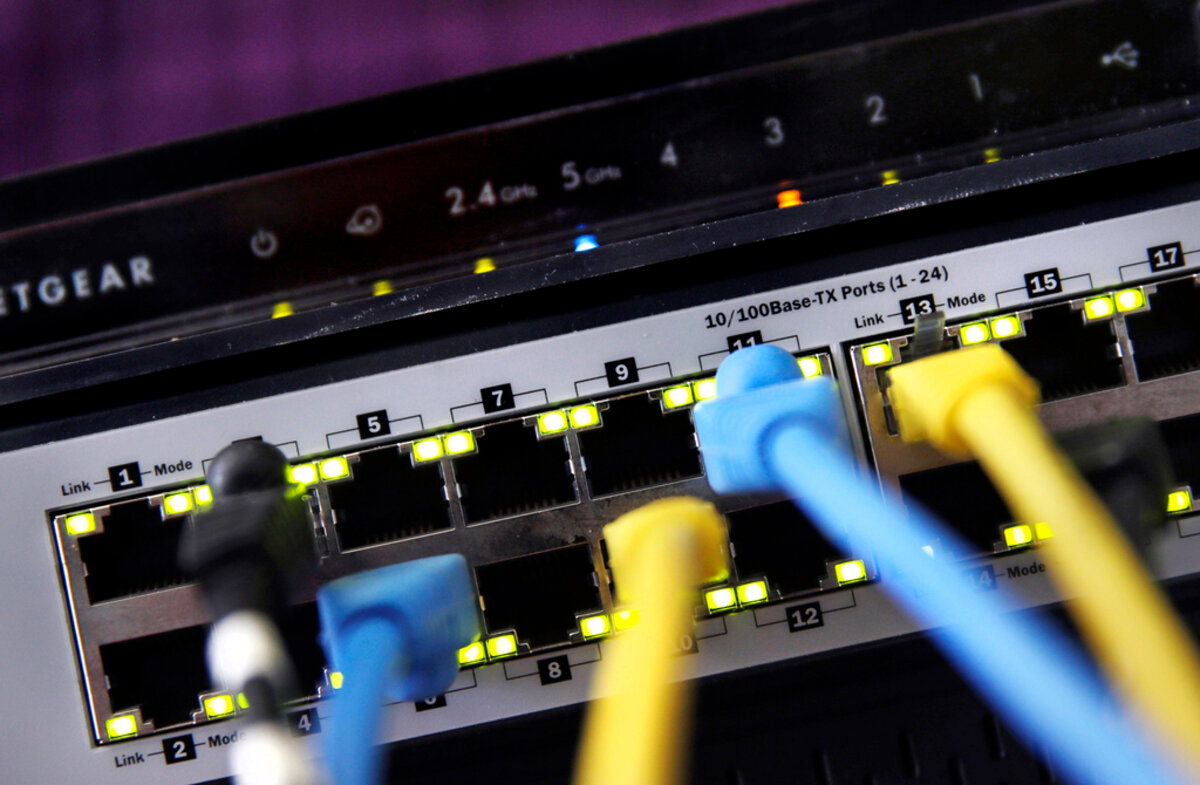Calls to return to the office haven’t been easy for workers to hear – especially those with children. Yet many mothers are managing the shift, and female employment has stayed surprisingly strong.
Monitor Daily Podcast
- Follow us:
- Apple Podcasts
- Spotify
- RSS Feed
- Download
 Ken Makin
Ken Makin
It’s hard to imagine that someone who’s 6 feet, 7 inches tall would be standing on anyone’s shoulders. And yet, there was Chris Eubanks, perched atop tennis greats such as Arthur Ashe and Althea Gibson after he advanced to the Wimbledon quarterfinals on Monday with a thrilling five-set win over fifth-ranked Stefanos Tsitsipas.
“Surreal” was how Mr. Eubanks described the moment, in which he became only the third Black American man to advance to the quarters in the Open era. Next up for Mr. Eubanks? A high-powered matchup with third-ranked Daniil Medvedev, himself a giant listed at 6 feet, 6 inches.
I was on the verge of teendom when MaliVai Washington advanced to the Wimbledon finals in 1996, less than a year before Tiger Woods tamed Augusta National. Like Mr. Woods, Mr. Washington inspired the type of camaraderie among Black fans that comes with cultural pride and the understanding of the exclusivity of tennis.
Before Mr. Eubanks and Mr. Washington, there was Mr. Ashe, whose mild-mannered looks belied the heart of a champion and activist. He won Wimbledon in 1975, five days before his 32nd birthday in a huge upset of Jimmy Connors. Mr. Ashe’s run was the stuff of individual brilliance and communal ingenuity – the son of a park caretaker would later be mentored by Robert Walter “Whirlwind” Johnson, a Black physician who subsequently founded the American Tennis Association Junior Development Program for Black youths. Mr. Johnson mentored both Mr. Ashe and Ms. Gibson, the latter of whom won back-to-back Wimbledon titles on the women’s side in 1957 and 1958.
As Mr. Eubanks pursued his upset over Mr. Tsitsipas, he raised his arms furiously to rally the crowd, his awesome wingspan on full display. It reminded me of an African proverb that applies to the proud legacy of Afro-American tennis: “When roots are deep, there is no need to fear the wind.”









